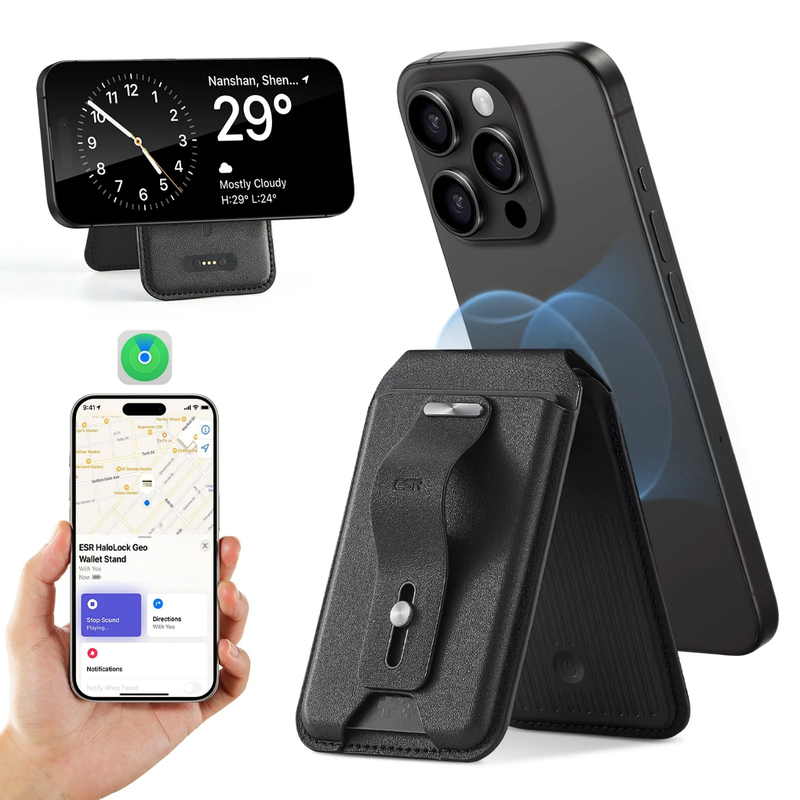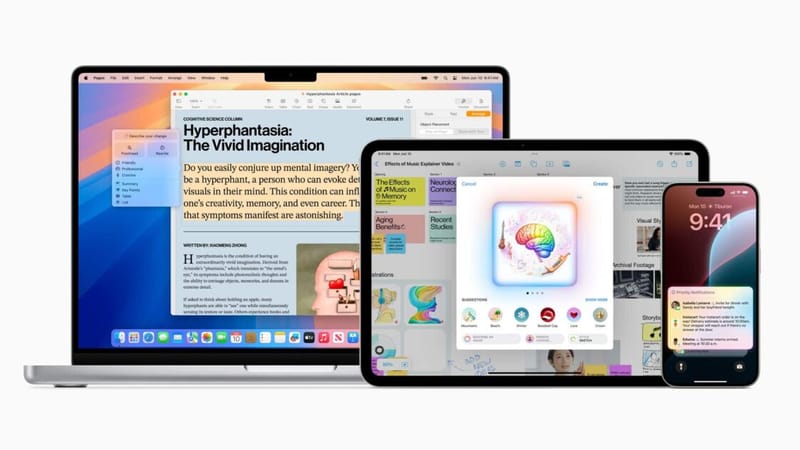The best laptops announced so far at CES 2025
These five laptops stand out not just for their specs, but for the stories they tell about where the industry is headed.
The Consumer Electronics Show (CES) 2025 is in full swing, and laptop manufacturers have come out swinging. We've seen laptops with rollable screens, AI-powered features, and cutting-edge designs.
While Apple sits out CES (as usual), PC makers like Asus, Lenovo, Dell, LG, HP, and MSI are bringing fresh ideas to the table. After sifting through the announcements, we've narrowed it down to seven laptops that stood out the most — and here's why.
1. Asus ROG Flow Z13 (2025)

Asus continues to push the boundaries of portable gaming laptops with its latest ROG Flow Z13 — a device that makes a controversial move by ditching the discrete GPU altogether. Instead, it relies on AMD’s Strix Halo chip, an integrated GPU that Asus claims can match the performance of a dedicated Nvidia RTX 4060.
This shift aims to make the Flow Z13 a cooler, quieter, and more portable machine while still delivering solid 1080p gaming performance. The decision to bet on integrated graphics is risky, especially for a gaming audience that prioritizes raw GPU power, but AMD says the Strix Halo chip can even outperform Apple’s M4 Pro.
The device features a 13.4-inch ROG Nebula display with a 180Hz refresh rate, weighs just 2.64 pounds, offers AI-powered features thanks to Copilot, and starts at $1,999.99. Asus is yet to announce an official release date.
2. HP Omen Max 16

HP’s Omen Max 16 aims to push gaming laptops to the next level with a focus on cooling, performance, and customization. With options for Intel Core Ultra 9 or AMD Ryzen AI 9 HX processors and Nvidia’s RTX 5080 GPU, this laptop is clearly built to handle intensive workloads.
HP has also introduced a unique cooling system that uses reverse-spinning fans and a vapor chamber to keep the laptop running efficiently during long gaming sessions. Meanwhile, the Omen AI software fine-tunes performance settings and fan speeds based on usage, ensuring you’re always getting the most out of the machine.
Although HP hasn’t revealed pricing yet, it’s clear that the Omen Max 16 is targeted at serious gamers who want power without compromise.
3. Lenovo ThinkBook Plus Gen 6 Rollable

The Lenovo ThinkBook Plus Gen 6 Rollable features a 14-inch OLED display that expands vertically to 16.7 inches with the press of a button. Unlike foldables, this rollable design eliminates creases while offering more screen real estate for multitasking and vertical workflows.
Powered by Intel’s 2nd-gen Core Ultra 7 processor with up to 32GB of RAM and Intel Arc Xe2 graphics, it’s aimed at professionals who need flexibility without compromising performance. At 1.69kg, it’s heavier than standard laptops, but its unique form factor offers a distinct advantage for tasks like coding, design work, and research.
With a starting price of $3,500, the ThinkBook Rollable targets a niche market, but it hints at future innovations in how laptops could adapt to changing user needs.
4. Dell 14 Plus

Dell has rebranded its lineup this year, retiring the Inspiron and XPS names in favor of simpler branding. The Dell 14 Plus represents this new direction — a sleek, professional laptop equipped with an Intel Core Ultra 7 processor, Intel Arc 140V graphics, and a 14-inch FHD+ display.
While it may lack OLED screens or AI-driven features, the 14 Plus is thin, durable, and expected to offer solid battery life. Priced around $1,099, it’s positioned as a midrange option for students and professionals seeking a dependable workhorse.
For those who value functionality over form, the Dell 14 Plus could be an appealing alternative to more premium models.
5. Asus Zenbook A14

The Asus Zenbook A14 is all about portability, weighing just 2.18 pounds — making it lighter than Apple’s MacBook Air. But it’s not just about being light; Asus is betting on Qualcomm’s Snapdragon X processor to deliver exceptional battery life of up to 32 hours on a single charge.
Unlike many ultraportables that sacrifice screen quality for weight, the Zenbook A14 features a 14-inch OLED display, ensuring rich colors and deep contrast. Asus also claims its Ceraluminum chassis — a mix of ceramic and aluminum — provides extra durability without adding bulk.
With a starting price of $1,099, the Zenbook A14 aims to compete directly with Apple’s MacBook Air, but with a focus on Windows users who need ultra-portability.
6. MSI Cyborg A15 AI & A17 AI

MSI's latest Cyborg A15 and A17 introduce AI-driven features to a category that traditionally focuses more on price than innovation. Designed with semi-transparent panels and a cyberpunk-inspired look, these laptops stand out visually, but it’s their AI integration that makes them noteworthy.
MSI claims the AI engine automatically adjusts performance settings, battery usage, and fan speeds in real time, with the goal of improving efficiency without manual intervention. This feature, commonly seen in premium laptops, is now making its way into midrange devices like the Cyborg series.
Both models offer 15.6-inch and 17.3-inch displays with 144Hz refresh rates and come with Intel Core Ultra 240H or AMD Ryzen 7 260 processors, paired with Nvidia's newest RTX 5060 GPUs.
While pricing isn’t confirmed, experts suggest it may cost around $1,000, which could make AI-assisted gaming laptops more accessible than before.
7. Razer Blade 16

The latest Razer Blade 16 has undergone a significant overhaul, with a thinner chassis (just 0.59 inches at its slimmest point) and a switch to AMD’s Ryzen AI 9 HX 370 processor. The move from Intel to AMD is intended to address thermal issues and battery life concerns from previous models.
The laptop is equipped with Nvidia’s GeForce RTX 5090 GPU and a 16-inch QHD+ OLED display with a 240Hz refresh rate, positioning it as a high-performance option for both gaming and productivity tasks.
While pricing details remain unknown, the Blade 16’s specs suggest it’s designed to compete with premium gaming laptops that prioritize power without sacrificing portability.
Conclusion
CES 2025 has been a showcase of what’s next in laptops — from AI-driven optimizations to wild new form factors. These five laptops stand out not just for their specs, but for the stories they tell about where the industry is headed.








